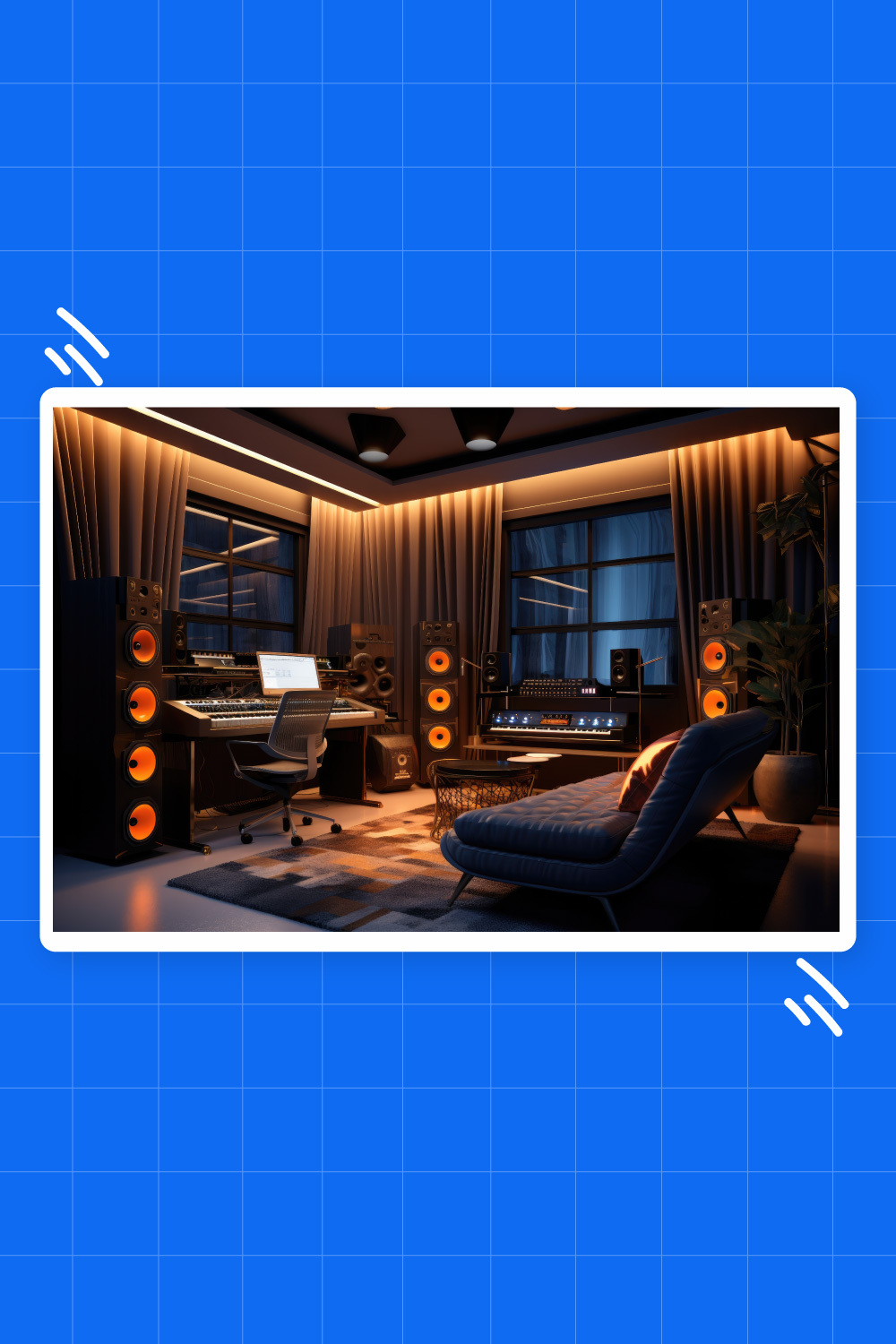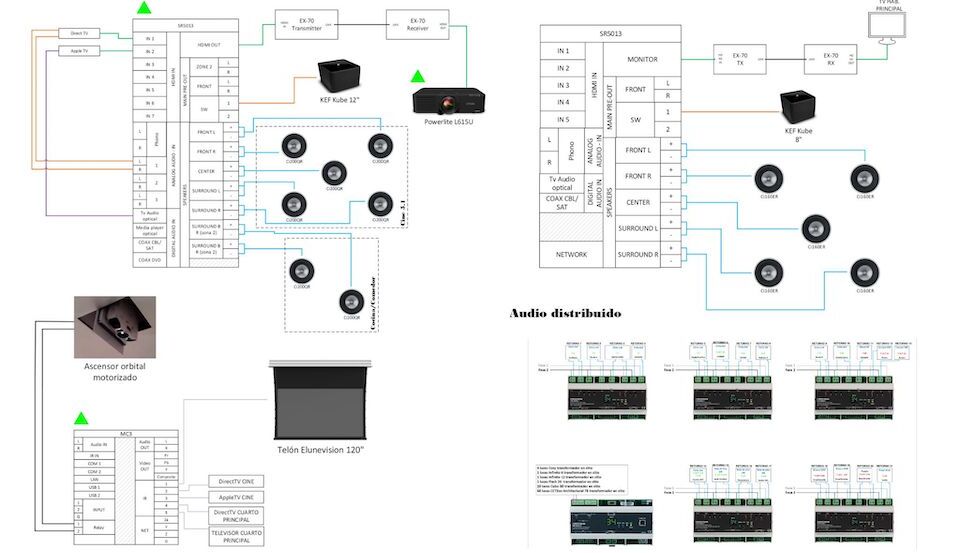How AI Is Transforming the Way We Use Schematic Drawing Software

Strong 8k brings an ultra-HD IPTV experience to your living room and your pocket.
Schematic drawings are the backbone of countless technical disciplines—from AV design and electrical engineering to architecture and electronics. Traditionally, creating these drawings has been a time-consuming and highly manual process, relying on human expertise and repetition. But today, a quiet revolution is underway: artificial intelligence (AI) is reshaping the landscape of schematic drawing software. By automating design suggestions, flagging inconsistencies, and optimizing layouts, AI is not only accelerating workflow but also improving accuracy and accessibility.
In this in-depth blog, we explore how AI is transforming schematic design processes, the benefits it brings to industries, the technologies making it all possible, and what the future holds for AI-powered schematic drawing. Whether you're an AV designer, engineer, student, or DIY tech enthusiast, understanding this AI shift can unlock faster, smarter, and more intuitive diagramming workflows.
The Traditional Workflow: Manual and Repetitive
Before we dive into the AI impact, it’s important to understand what schematic drawing involved pre-AI:
- Manual Symbol Placement: Every resistor, speaker, switch, or controller had to be manually dragged and aligned.
- Wiring and Signal Routing: Designers had to manually draw every connection, often resulting in overlapping wires.
- Labeling: Component IDs, port numbers, cable types—all labeled manually.
- Error Checking: Done by the designer or a second reviewer, often missing small but critical flaws.
- Limited Intelligence: Software was a passive tool; the user did all the thinking.
This system, while effective, was resource-heavy and error-prone. That’s where AI is changing everything.
What Makes AI in Schematic Drawing Software Game-Changing?
AI introduces several key upgrades to traditional schematic workflows:
1. Automated Design Suggestions
AI-powered tools can recommend component placement, wiring paths, and compatible devices based on historical data or similar projects.
2. Smart Symbol Recognition
Even hand-drawn sketches can be converted into digital schematics using AI to detect and label symbols accurately.
3. Real-Time Error Detection
AI continuously scans for potential errors such as incomplete circuits, incompatible connections, and mislabeled components.
4. Layout Optimization
AI evaluates the most efficient use of space and logic flow, helping reduce cable lengths or avoid wire crossings.
5. Voice and Text Command Integration
Some platforms now accept input via voice or plain English, which AI translates into schematic actions.
6. Collaborative Learning
The more users engage with the tool, the smarter it gets by learning from mistakes, fixes, and patterns.
These features are turning schematic drawing software into an active assistant rather than a passive canvas.
AI in Action: Real-World Applications
Let’s look at how AI is currently being used across various industries:
1. AV System Design
AI-powered schematic software can auto-generate AV signal flow diagrams based on room size, use-case (conference room, theater, etc.), and desired outcomes. The AI ensures component compatibility and simplifies rack layout planning.
2. Electrical Engineering
Electrical schematics benefit from AI-assisted circuit validation, load distribution recommendations, and energy efficiency analysis.
3. PCB Design
For electronics engineers, AI helps with trace routing, component placement, and even predicting potential failure points before prototyping.
4. Building Automation & Smart Homes
AI can create control flow diagrams for HVAC, lighting, and security systems by interpreting building plans and user preferences.
5. Education
Students using schematic drawing software with AI support receive real-time feedback and suggestions, significantly improving the learning curve.
Popular Schematic Drawing Software Leveraging AI
Here are some platforms already integrating AI into their schematic capabilities:
- XTEN-AV – AI-driven AV system design and schematic generation.
- Autodesk EAGLE – Offers AI-assisted PCB layout suggestions.
- KiCad + Plugins – While not natively AI-powered, several add-ons introduce intelligent features.
- Fritzing – Ideal for prototyping with some AI automation in breadboard-to-schematic conversion.
- Altium Designer – Advanced routing and predictive tools powered by AI.
These tools highlight how AI is enhancing traditional schematic drawing software to deliver faster, smarter outcomes.
Benefits of AI in Schematic Drawing Software
Here are some transformative advantages AI brings to the table:
- Speed: Cut schematic creation time by up to 60%.
- Accuracy: Reduce human errors through continuous analysis.
- Efficiency: Auto-route connections and optimize component positioning.
- Accessibility: Simplify complex tasks for beginners.
- Scalability: Handle larger, more complex projects without manual overload.
Whether you're designing a small home AV system or an industrial-grade smart building, AI helps deliver precision at scale.
Challenges and Limitations
While the future is bright, AI integration in schematic software is not without its hurdles:
- Learning Curve: Users must adapt to AI suggestions and new workflows.
- Over-Reliance: Blindly following AI can introduce unexpected errors.
- Customization Limits: Some AI systems struggle with unique or rare configurations.
- Data Privacy: Cloud-based AI tools may pose risks if sensitive projects are involved.
- Cost Barriers: While some AI tools are embedded in free software, more powerful versions often come at a price.
These limitations are being addressed as platforms improve, but users must remain aware and involved.
AI-Powered Features to Look for in Schematic Drawing Software
When selecting a tool, look for features such as:
- Intelligent Auto-Layout
- Smart Component Matching
- Context-Aware Cable Routing
- Voice or Natural Language Processing
- Cross-Disciplinary Integration (AV, electrical, HVAC)
The best schematic drawing software in the AI era doesn’t just draw—it thinks.
The Role of AI in Collaborative Schematic Design
AI is also streamlining teamwork in design environments:
- Version Control: AI identifies changes and updates schematics without human input.
- Real-Time Co-Design: Cloud-based platforms allow multiple users to work on the same diagram with AI monitoring progress.
- Smart Suggestions: AI can prompt users when someone else makes a change that may impact their section.
As teams become more distributed, these features are becoming essential.
Future Outlook: Where Is AI-Driven Schematic Design Headed?
The future of AI in schematic drawing software is expansive and exciting. Expect to see:
- Predictive Maintenance: Diagrams linked with IoT data that forecast system failures.
- AR/VR Schematic Visualization: Use AI to visualize layouts in real-world settings.
- Fully Autonomous Drafting: Input a simple prompt like “design a 5.1 home theater system,” and let the AI handle the rest.
- AI Training Loops: Feedback from past projects trains AI to deliver increasingly accurate and efficient designs.
This will turn schematic design from a technical bottleneck into a strategic advantage.
Conclusion
Artificial intelligence is redefining what’s possible in schematic design. From speeding up workflows and reducing errors to making sophisticated tools more accessible, AI is turning schematic drawing software into a powerful co-designer. While there are challenges, the benefits far outweigh them—especially for professionals working in fast-paced, high-stakes industries like AV, electrical engineering, and smart building design.
Whether you're upgrading from traditional methods or exploring schematic creation for the first time, choosing AI-powered tools will not only improve your diagrams but also future-proof your entire workflow. So, the next time you launch your schematic drawing software, take a moment to appreciate the AI working quietly behind the scenes—making you faster, sharper, and more innovative than ever before.
Note: IndiBlogHub features both user-submitted and editorial content. We do not verify third-party contributions. Read our Disclaimer and Privacy Policyfor details.







